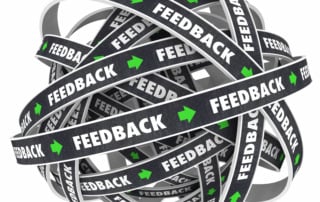Do you have a feedback approval clause in your SOWs?
Ahhh, the joys of getting client feedback on time. If anything throws our work out of scope, it's revisions and feedback debacles. One way to protect your agency and your client's budget is to define the rules of engagement upfront. You'll want to wordsmith this into your style and specific rules, but it's a good starting point. In the event that [Client Name], hereinafter referred to as the "Client," receives a request for feedback from [Your Agency Name], hereinafter referred to as the "Agency," the Client agrees to provide feedback within three (3) business days from the date of receiving such a request. If the Client fails to respond with feedback within the specified three (3) business days, it shall be deemed that the Client has reviewed and approved the work or matter in question. The Agency may proceed with the work, project, or matter as if it has received explicit approval from the Client, and the Client shall be bound by any decisions or actions taken by the Agency based on the assumption of approval. It is the Client's responsibility to ensure that timely feedback is provided to the Agency. The Client acknowledges that the failure to provide feedback within the specified timeframe may result in delays, additional costs, or other adverse consequences, and the Agency shall not be held liable for any such consequences. This clause is intended to streamline the communication and approval process between the Client and the Agency. The Client understands that their failure to respond within the stipulated time frame will be construed as their explicit approval, and they shall have no claim or dispute related to the matter in question-based on lack of feedback. This clause is an [...]











